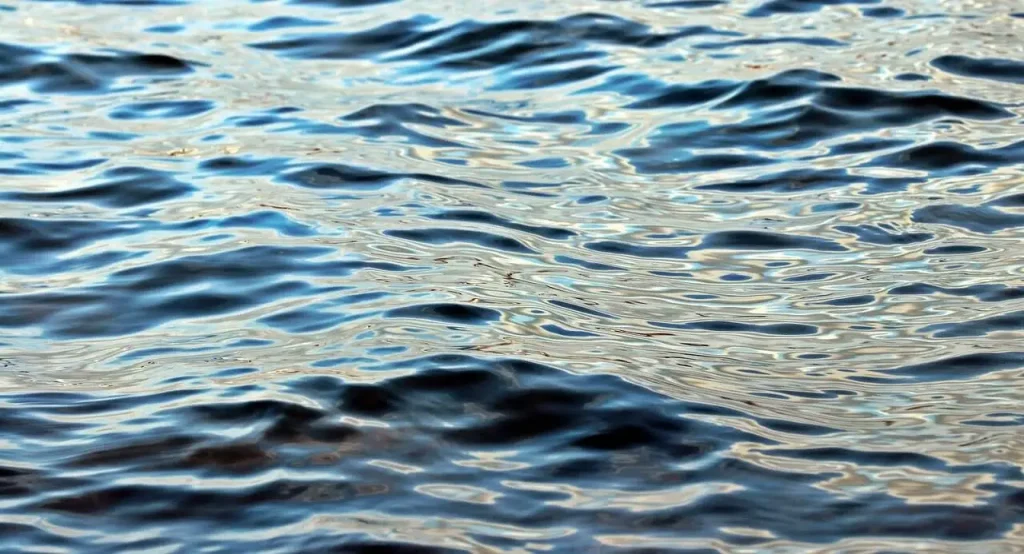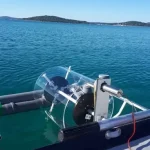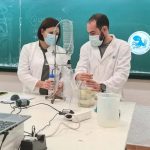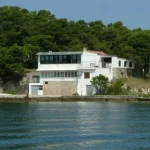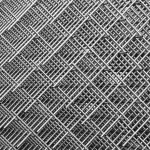With known salty areas such as Pag, you would expect the Adriatic sea to be very salty, and it is. However, over the years, it has become even saltier, as the Ruđer Bošković Institute (IRB) stated.
As the IRB wrote in a press release, a Croatian scientific team collaborating with their Italian colleagues published a study that shows so far unrecorded levels of salinity in the Adriatic. Their work was published in the prestigious Frontiers in Marine Science Magazine titled ”Observation, Preconditioning, and Recurrence of Exceptionally High Salinities in the Adriatic Sea“.
As the IRB explained, it was in 2017 around Palagruža where the Adriatic sea’s salinity reached a record of 39.1 per mille.
”In addition, with minor oscillations, the high salinity in the first 200 metres of depth was kept within the central part of the southern Adriatic, and it has remained the case until today. For example, at this moment, the salinity levels in the central part of the southern Adriatic is over 38.8 per mille in the whole water gauge, and 39.15 per mille by the surface,” added the IRB.
This measurement was the lead for the scientists to conduct further research that incorporated various available data acquired via multiparameter probes, autonomous ARGO buoys, remote-controlled submarines, and satellites that measure sea level’s surface. The data from an oceanographic model of the Mediterranean sea (which combines satellite and other measures, thus giving the most quality 3D view of the oceanographic field) was also used.
Sure enough, the salinity rise has been explained. On one hand, the enhanced flow from the Middle East and the Ionian sea are to blame, but on the other, there are changes in the Adriatic sea itself.
”The processes (in the Adriatic sea) occur on a scale of several days to a decade, and have four key elements,” they explained from IRB.
The first one concerns Adriatic-Ionian bi-modal oscillation affecting physical and biogeochemical conditions in the Adriatic through a period of 5-10 years, which, in the last decade, has caused a serious influx of salt and oligotrophic waters (waters which are too low in nutrients to support life).
The second process concerns low river flows due to the low amount of rainfall, while the third process concerns the enhanced amount of solar energy on the sea’s surface during summer and early autumn. Finally, with the weather warmer than average and with very little wind, the water gauge is divided into the hotter surface level and colder central and bottom levels. This leads to the fourth process that includes vaporising and the loss of water from the sea surface.
”Three out of four of the aforementioned processes have already been documented in the Mediterranean as a consequence of climate change that in the future will bring warmer, drier summers and as a consequence, more heat and the higher salinity of the sea surface,” they warned from IRB. They added that this is a threat to marine life which depends on the temperature, the level of salinity, and other factors that will be sabotaged with these changes.
With the Adriatic sea and its marine life being one of the treasures Croatia has, the global response to climate change must start giving results as fast as possible, and Croatia cannot afford to miss out on contributing for the sake of the country and the world in general.
Learn more about beaches in Croatia on our TC page.
For more about science in Croatia, follow TCN’s dedicated page.

